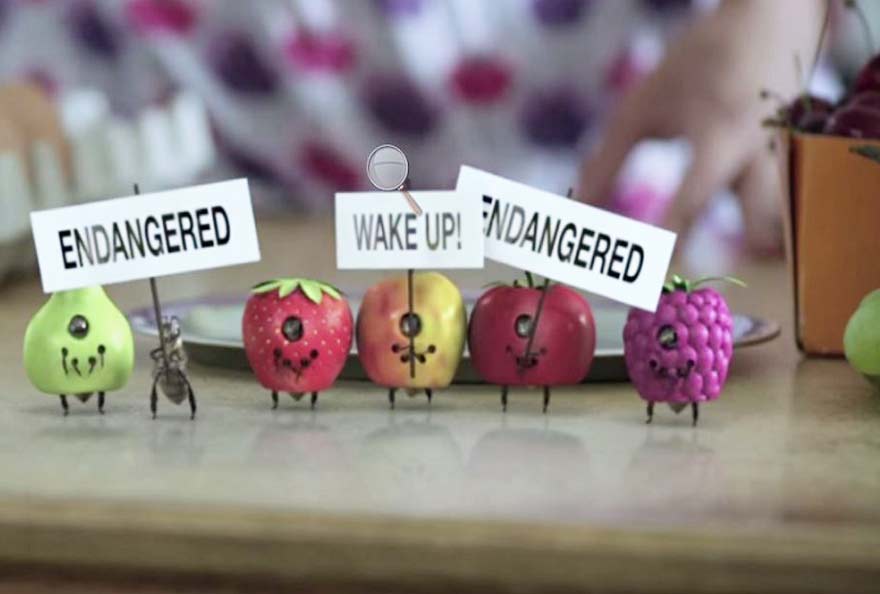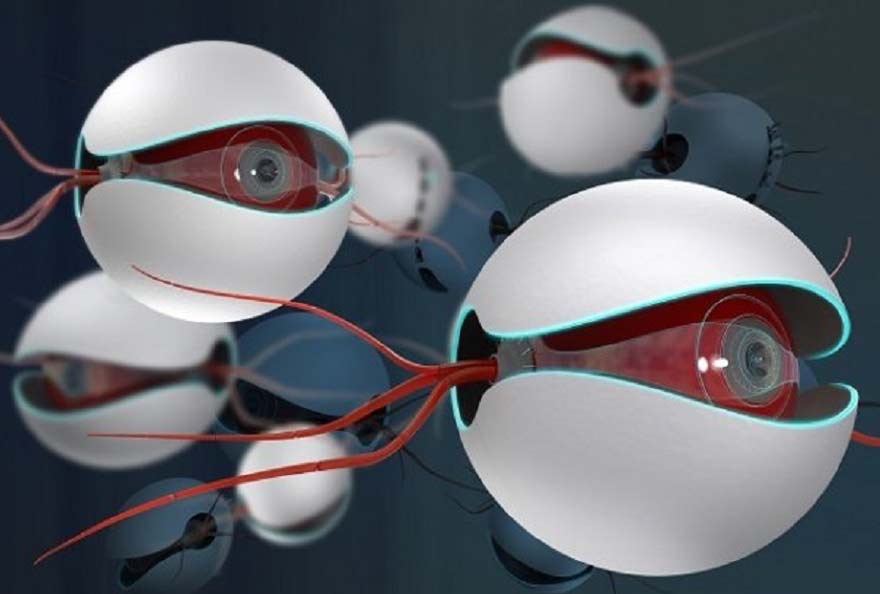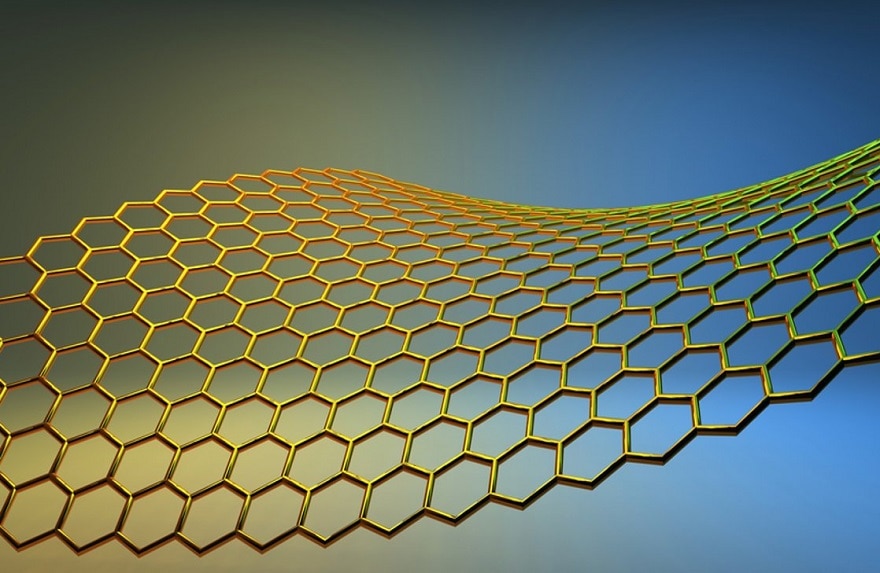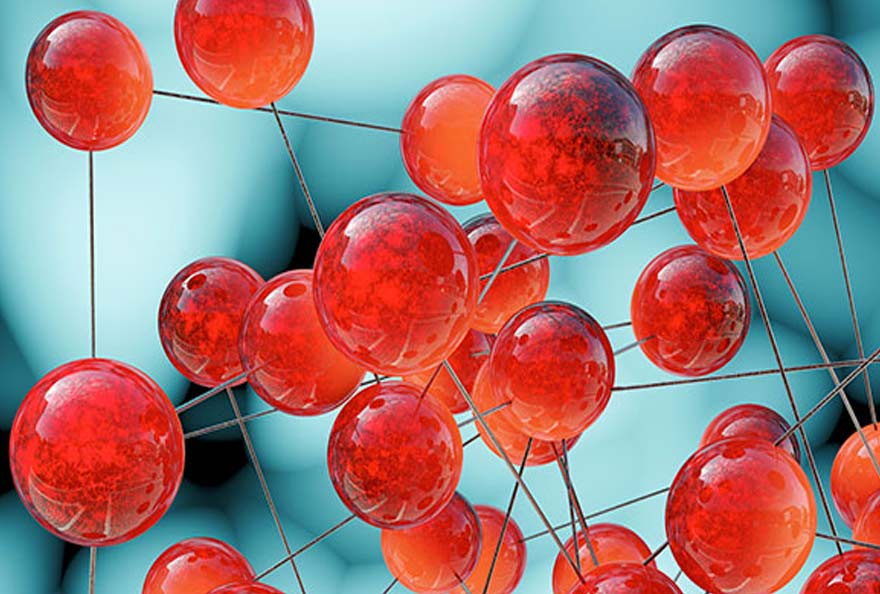1. Which nanoparticles are used in food?
2. Nanoparticles and food: evidence of oral toxicity? by Eric Houdeau, Toxalim
3. The use of nanomaterials in food products (excluding packaging) by Marie-Hélène Ropers
4. Nanomaterials and packaging for food contact by Régis LEBOSSÉ, LNE
5. The performance of bio-based nanomaterials for food packaging by Caroline Locre
6. Synthesis: the key points of the previous presentations by Jean-Jacques Perrier
Final discussion













